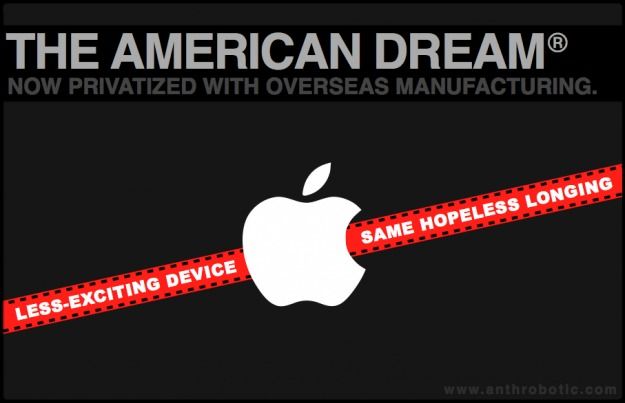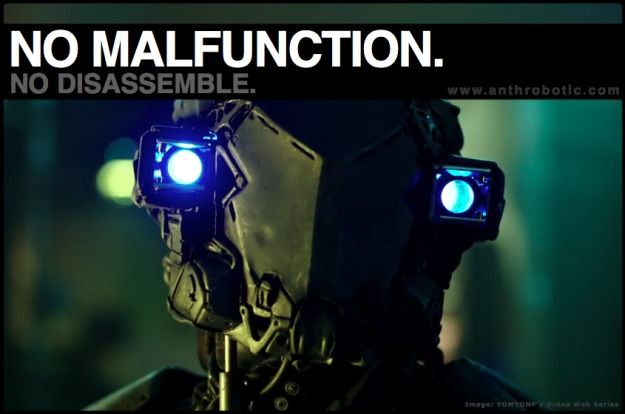Sep 18, 2012
The Propagation of Life: Infecting other Worlds
Posted by Tom Kerwick in categories: biological, ethics, evolution, existential risks, habitats
It is with great bewilderment that I read the precautions that NASA rovers are sterilized to, to ensure that Life does not infect the Martian environment. I understand NASA want to explore Mars for signs of Martian life — but which is more important — to explore whether Life almost evolved on Mars, or to induce the whole process and allow it to occur?
We can get caught up in the concept that preservation of Human Life as the ultimate goal, in how do we colonize other worlds as soon as possible — but perhaps the most honorable pursuit is the propagation of Life itself — we should be introducing bacteria or simple xerophytic plants to Mars, algae to Europa and such worlds, in the anticipation that if a foothold can be taken, evolution could take hold — and we may not live to see it — but we have then passed on the gift of life to another world.
Whimsical Notions or Planning With Foresight? Unless we cause our own demise by inadvertently engineering our downfall, as often discussed here, or are struck by a statistically unfortunate large asteroid impact, Life is here on Earth for the long haul — it has been durable for billions of years, albeit with significant setbacks, and one can expect it will be here for billions more to come. We may well have time on our hands.
If we sow the seeds now, we may have other worlds to move to in a few million years — long before we may need it — such as in five billion years when the Sun has expired into a Red Giant. It is quite reasonable to expect that if we seed Mars with our bacteria now, and other basic forms of life at the bottom of the food chain — in some million years from now Mars may be flourishing with vegetation — evolved to suit the terrain — that a colony there could live off.
It has been considered, that Life on Earth started by a similar process, that a comet or asteroid carrying bacteria inseminated our planet with the seeds of life. So let’s pass on the gift and stop being so prudent. Lets start at the basics, and create lifeboats of Life around our solar system. Perhaps one day our descendants will thank us for nurturing such habitats.









